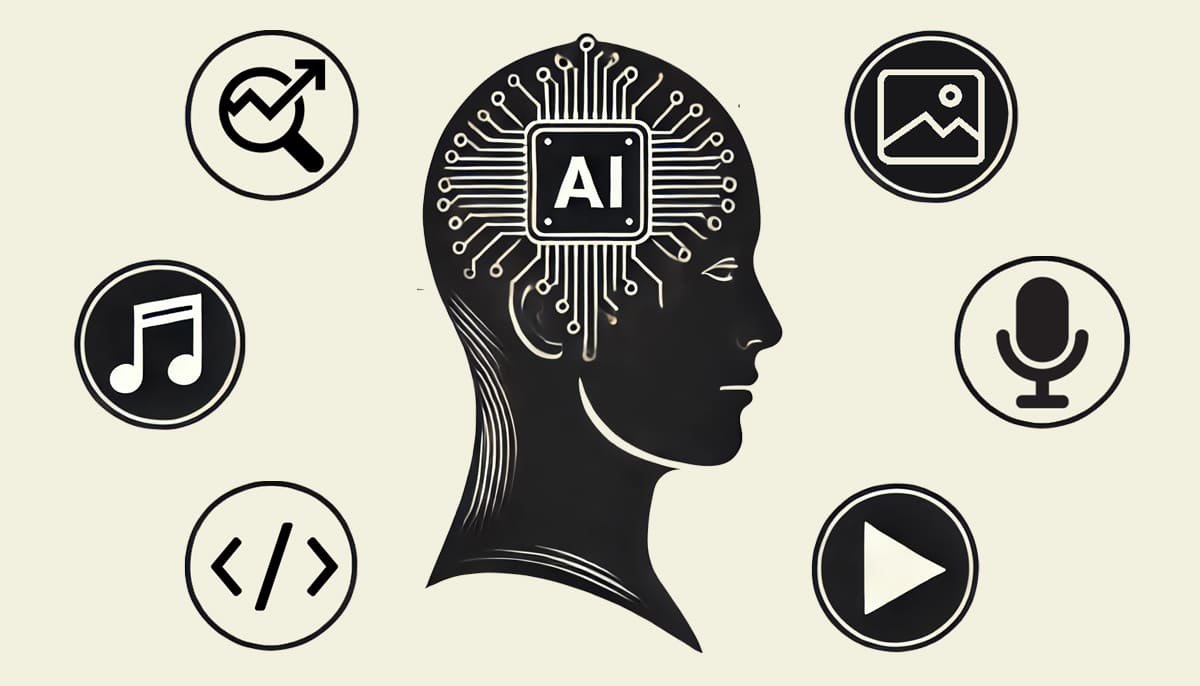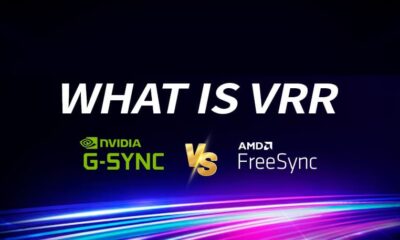Artificial Intelligence
Generative AI vs. Traditional AI: How Exactly Are They Different?
Published
9 months agoon

Artificial Intelligence (AI) is everywhere, from education to entertainment and business, which explains how important technology is. The most common types that dominate the market are generative AI and traditional AI, used for specific needs. Generative AI helps you create new content, while conventional AI analyses data and performs particular tasks.
Using these AIs has various advantages. Plus, they make work convenient and easier than before. If you are intrigued to learn more about generative AI and traditional AI, give this post a read.
What Is Traditional AI?
A subset of Artificial Intelligence, traditional AI, is also known as Weak or Narrow AI. It is useful in algorithm-based tasks. Some of the best examples of conventional AI include chess-playing algorithms, autonomous vehicles, and chatbots.
Compared to other AIs, traditional AI is weak. Despite the limitations, you can use it for various tasks and make your work easy. That said, let us give you an overview of the characteristics of traditional AI:
- Based on pre-programmed rules and algorithms, traditional AI performs tasks and gives you solutions within limitations, which you cannot change.
- With a limited scope, you use traditional AI for specific tasks only. This means that conventional AI cannot cross its limits.
- Using traditional AI, analysing data and making predictions is easy. As a result, you can use it to create forecasts and reap its benefits fully.
- Although the learning capabilities of traditional AI are limited, it still plays a crucial role in Artificial Intelligence applications, handling tasks that require structured decision-making.
What Is Generative AI?
Unlike traditional AI, you create images, text, and other data using generative AI. This AI type is not only more powerful, but it can also generate new content, which traditional AI can’t.
How does Generative AI work?
Generative AI allows taking large volumes of data and creating new content. It gives you outputs based on existing data. We mean that generative AI finds and analyses data to produce your desired output.
Using machine learning, various things like predicting, recognising, and generating content are what generative AI does. This makes it a powerful technology, which can create any content you want.
Other than machine learning, generative AI also uses human input. Based on a set of parameters and guidelines, it follows your command and gives you an output as asked. The best thing is that you don’t need to input the command in text; you can also use audio, video, and graphics.
The primary characteristics of generative AI you should know of include the following:
- Generative AI uses various networks like VAEs and GANs. This helps it to create original and relevant output.
- Versatile and adaptable, using generative AI for various content is easy. It is because of this reason that many industries use generative AI.
- Instead of analysing data, creating new content is what generative AI does. It gives you unique outputs based on what you input.
Traditional AI vs. Generative AI
When comparing the two, generative AI represents the next evolution of Artificial Intelligence, offering advanced creative capabilities beyond traditional AI’s structured tasks. However, both forms of AI have specific use cases—generative AI is ideal for producing new content, while traditional AI excels in data analysis and decision-making.
With Artificial Intelligence continuing to advance, the role of both generative AI and traditional AI will expand, revolutionizing industries and redefining how we interact with technology.

Eczema, Psoriasis, and Allergies in Winter: Understanding Triggers and Treatments

Tip to Benefit Maximally From Your Tow Truck Course

Esports Arena Network Design: 1,000‑Seat LAN & AV Setup (2025 Guide)

Why Jeep Owners Are Switching to Automatic Tops Like eTop

Comparing Demat Account Providers: Which One Should You Choose?

How Anti‑Cheat SDKs Work (Kernel vs User Mode)

NDI vs SRT vs RTMP (2025): Which Stream Protocol Gives You the Lowest Latency for Esports Broadcasts?

New 240Hz 1440p Panels: What Changes for Players

From Chaos to Clarity: How Data Lake Zones Organize the Modern Data Stack






